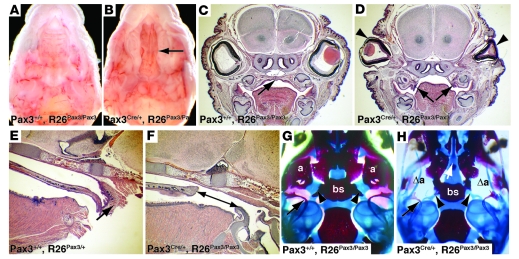Figure 3. Persistent Pax3 expression causes cleft palate.
(A and B) P0 heads are shown with the lower jaw removed to reveal the palate. Persistent Pax3 expression in the Pax3Cre/+, R26Pax3/Pax3 mouse (B) results in cleft palate (arrow) compared with a control Pax3+/+, R26Pax3/Pax3 littermate (A). (C and D) Frontal sections through E16.5 heads reveal properly raised and fused palatal shelves in control (arrow, C) embryos. Mutant (Pax3Cre/+, R26Pax3/Pax3) littermates display a cleft with palatal shelves that fail to lift (arrows, D) as well as an absence of eyelids (arrowheads, D). (E and F) Sagittal sections of P0 heads indicate that control palates extend and contact the epiglottis in the control (arrow, E) but are shortened in the mutant (arrow, F). (G and H) Alizarin red/Alcian blue–stained P0 heads with the mandibles removed reveal that mutant (Pax3Cre/+, R26Pax3/Pax3) pups have a complete absence of the secondary palate (white arrow, center, H) as well as missing alisphenoid (Δa) bones, deformed pterygoid processes of the basisphenoid bone (arrowheads), and thinned tympanic rings (black arrow) compared with control (G) littermates. a, alisphenoid; bs, basisphenoid. Original magnification, ×6 (A, B); ×12.5 (C, D); ×15.5 (E, F); ×7.5 (G, H).

